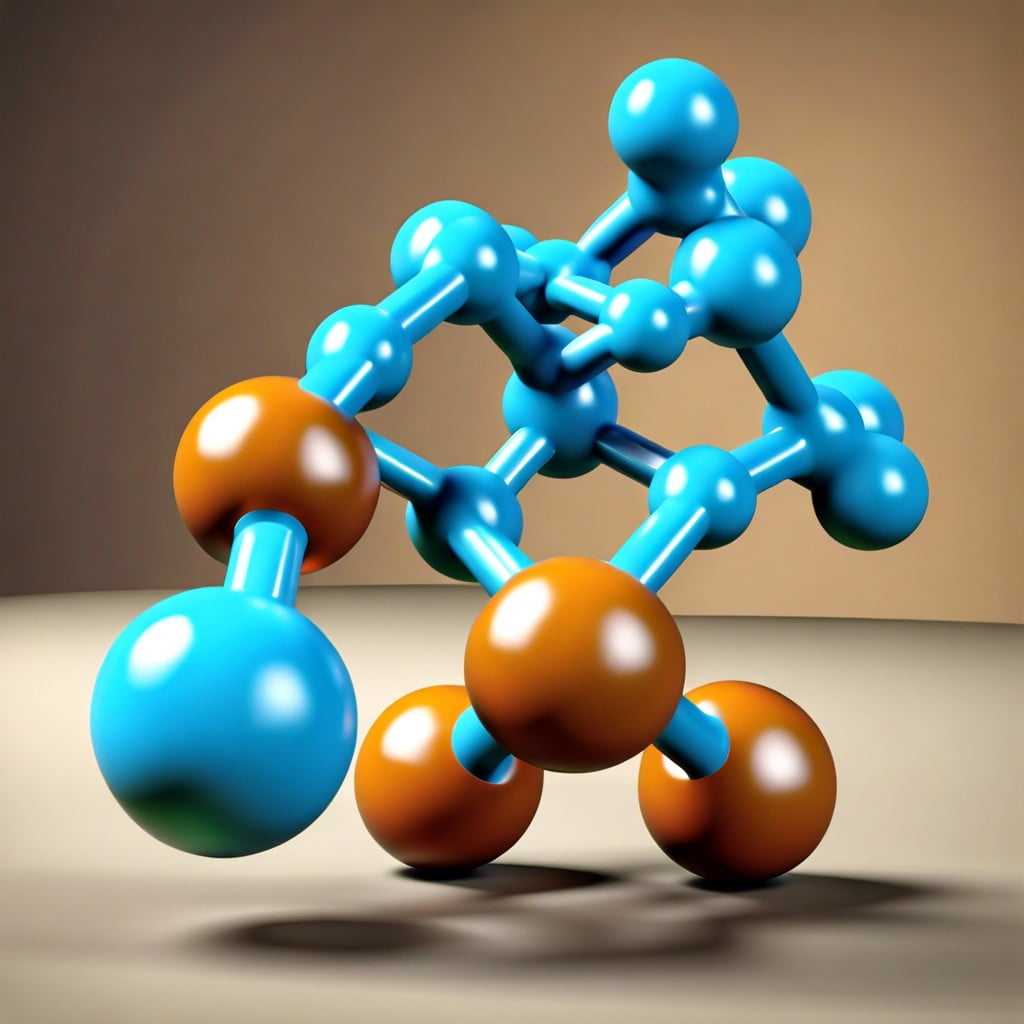Discover how PVA polymer, a versatile material, is used in construction for its adhesive and sealing properties.
Key takeaways:
- PVA polymer has high tensile strength and flexibility.
- PVA is used as an adhesive and stabilizer in various industries.
- PVA is utilized in construction, textiles, and healthcare products.
- PVA is biodegradable and non-toxic, making it environmentally friendly.
- PVA is being used in innovative applications like drug delivery systems and concrete reinforcement.
PVA Polymer Definition

Polyvinyl alcohol (PVA) is a synthetic resin known for its water solubility and adhesive properties. It’s not to be confused with polyvinyl acetate (PVAc), a common wood glue, although PVA is produced by hydrolyzing PVAc.
Versatile in its applications, PVA can be found in products ranging from eye drops to textile sizing agents. As a polymer, it consists of long chains of vinyl alcohol units, which give it a unique set of characteristics such as high tensile strength and flexibility. Its ability to form films that are both odorless and biodegradable makes it an environmentally conscious choice for many industries.
Chemical Structure and Properties of PVA
Polyvinyl alcohol (PVA) is a synthetic polymer characterized by its repeating vinyl alcohol units. It’s synthesized through the hydrolysis of polyvinyl acetate, a process that converts acetate groups into hydroxyl groups. This gives PVA its notable solubility in water, a trait not common in many synthetic polymers.
Thanks to the hydroxyl groups along its backbone, PVA can form hydrogen bonds. These bonds are responsible for its high tensile strength and flexibility. They also allow PVA to be biodegradable under certain conditions, a valuable attribute in today’s environmentally-conscious market.
Moreover, PVA’s ability to create strong intermolecular interactions with a variety of compounds makes it an excellent adhesive and a stabilizer in emulsions. It is also resistant to grease, oils, and solvents, enhancing its use in protective coatings and barrier films.
Its thermal properties vary depending on the degree of polymerization and hydrolysis. Typically, it exhibits good thermal stability, further broadening the scope of its application in industries that demand durable materials.
Preparation and Common Uses of PVA
Polyvinyl alcohol (PVA) is synthesized through a process called alcoholysis, where polyvinyl acetate is treated with alcohol to produce PVA and acetate by-products. This transformation is typically done using methanol or ethanol. The resulting polymer is soluble in water and exhibits excellent film-forming, emulsifying, and adhesive properties.
In construction, PVA acts as a binder in cement and mortar, enhancing strength and reducing cracking. It’s also used in paint formulations to improve adherence and in drywall joint compounds for its binding abilities. PVA’s water solubility makes it ideal for use in remoistenable adhesives, commonly found in postage stamps and envelopes.
Additionally, PVA is utilized in textile yarn to provide a protective coating and is later removed. In carpentry, PVA wood glue is appreciated for its strong bond and ease of use. Its film-forming qualities mean it’s a popular choice for surface coatings on paper products, providing a smooth finish. In the health sector, PVA finds a role in creating contact lenses and drug delivery systems due to its biocompatibility and non-toxic nature.
Environmental Impact and Safety Considerations for PVA Use
Polyvinyl alcohol (PVA) is known for being biodegradable under certain conditions, which makes it more environmentally friendly than many other synthetic polymers. When disposed of properly, PVA can break down in the presence of naturally occurring microorganisms. This characteristic holds particular value in applications designed for limited use, such as packaging films and agricultural products.
Additionally, PVA is non-toxic and does not off-gas harmful chemicals, making it safe to handle and use in a wide range of products including textiles, paper, and even medical applications. However, PVA solutions can become slippery when wet, which is an important safety consideration during handling in industrial or construction settings.
It’s worth noting that the manufacture of PVA typically involves petrochemicals, and the environmental impact of these must be considered during a full life-cycle analysis of the product. To mitigate these concerns, recycling and recovery processes are being developed, which aim to reduce the carbon footprint associated with PVA production and enhance its sustainability credentials.
Innovations and Trends in PVA Applications
The versatility of polyvinyl alcohol (PVA) continues to inspire cutting-edge applications. In the medical field, researchers are leveraging its biocompatible and biodegradable nature to develop innovative drug delivery systems, where PVA-based hydrogels release medication in a controlled manner. In construction, PVA fibers are increasingly used as concrete reinforcement, offering improved tensile strength and crack resistance, contributing to the durability and longevity of buildings.
Sustainability is another area where PVA is making strides, with the development of biodegradable plastics that reduce environmental impact. These eco-friendly alternatives offer similar benefits to traditional plastics, like flexibility and strength, but without the long-term waste issues.
In the arena of electronics, PVA’s electrical insulating properties are being utilized in the production of flexible displays and sensors. This has potential applications in everything from smartphones to wearable technology.
Lastly, in response to water scarcity, PVA-based hydrogel technology is being employed in agriculture to create superabsorbent soil conditioners, absorbing and retaining large quantities of water, thereby reducing the need for frequent irrigation.
These innovative applications not only underscore PVA’s adaptability but also its significant contribution to various industries adapting towards a sustainable future.
Recap




